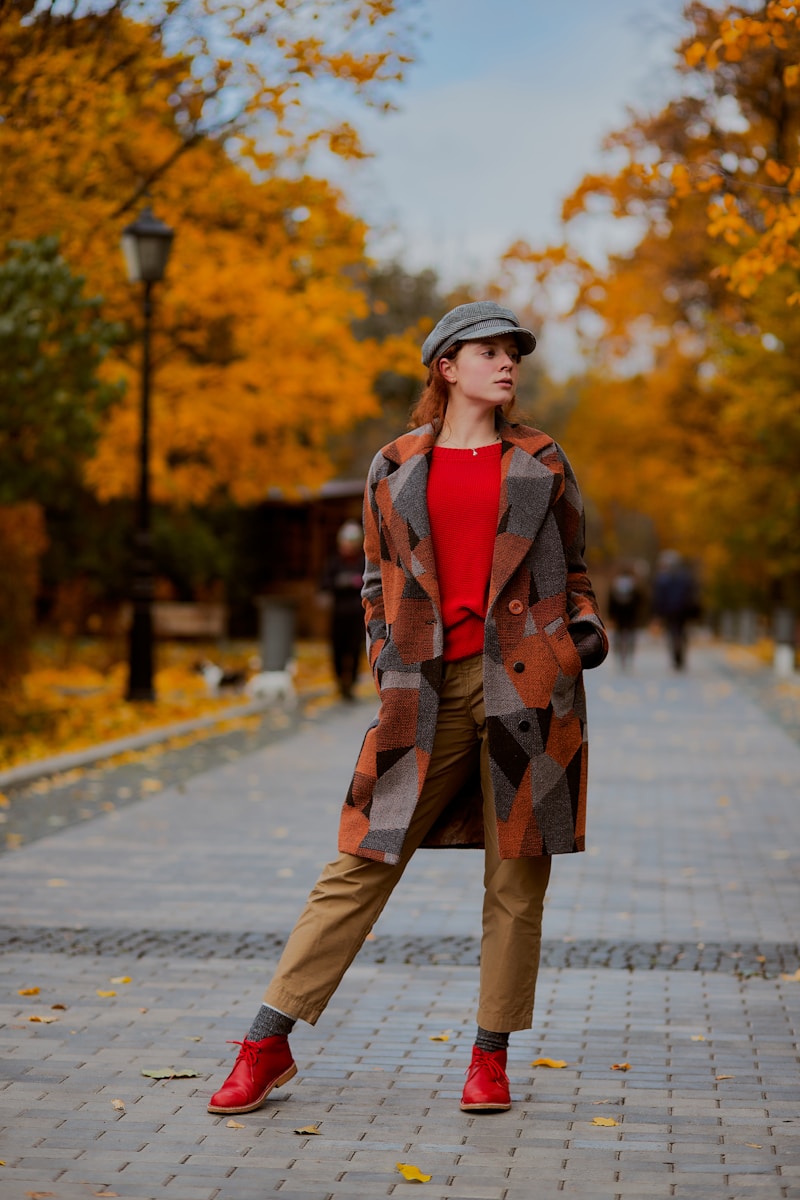Once the signature of nobility, velvet has returned to the modern fashion landscape with a newfound relevance. It whispers of bygone grandeur but speaks fluently in the language of contemporary style. What was once reserved for royal courts, operatic stages, and the plush interiors of stately homes is now seen on streetwear, luxury loungewear, and even tech-inspired futuristic silhouettes. This velvet revival, however, is not a simple resurgence — it’s a redefinition.
The rebirth of velvet in modern wardrobes goes beyond aesthetics. It signals a renewed appreciation for tactility, craftsmanship, and intentionality in an age that often favors speed and minimalism. Velvet, with its plush nap and shimmering depth, forces us to slow down, to notice, and to feel. This essay explores how velvet, a textile with centuries of historical prestige, is being reimagined today — not merely as a relic of opulence, but as a versatile medium of personal and cultural expression.
A Textile Steeped in Power and Prestige
Velvet’s roots reach as far back as ancient China and Egypt, but it flourished most prominently during the Renaissance and Baroque eras. Woven from silk, the fabric was immensely expensive to produce, which meant it was synonymous with aristocracy and religious leaders. Kings and queens were crowned in it. Popes wore velvet capes trimmed in ermine. Nobles commissioned their portraits adorned in crimson and sapphire versions of the cloth, knowing its rich hues and tactile sheen would immortalize their status.
The cultural power of velvet was not limited to Europe. In the Ottoman Empire, it was woven into kaftans and ceremonial robes, intricately embroidered with metallic threads. In India, velvet was incorporated into Mughal dress and became associated with imperial courts. Its ability to catch the light, to reflect color, and to drape luxuriously over the body made it a symbol of divine favor and earthly power.
Thus, velvet’s traditional association with wealth and ceremony is no accident. Its very existence was labor-intensive and costly, requiring hand-knotting or special looms that elevated it far above utilitarian cloth. But while velvet once represented exclusivity, its modern revival is shifting its role into something far more democratic — and perhaps, more meaningful.
Velvet in the 20th Century: From Rebellion to Glamour
The mid-20th century saw velvet’s transition from ceremonial to cinematic. Hollywood glamorized it, wrapping starlets in floor-length velvet gowns and dramatic capes that shimmered under studio lighting. In the 1960s and 70s, counterculture movements embraced velvet in crushed and burnout forms, linking it with bohemian freedom, rock-and-roll decadence, and romantic rebellion.
David Bowie’s velvet suits, Stevie Nicks’ billowing burnout velvet cloaks, and Prince’s jewel-toned blazers each transformed the fabric into a symbol of gender fluidity, sensuality, and artistic defiance. Velvet moved from palaces to stages and from sacred rites to self-expression. It became theatrical, emotive — still rich in meaning, but now open to reinterpretation.
By the 90s, velvet became more accessible than ever. Thanks to mass production and synthetic fibers, crushed velvet dresses and chokers became staples of grunge-era fashion. Yet, this proliferation also diluted its earlier grandeur. Velvet, for a time, became nostalgic rather than aspirational — more vintage than venerated.
The Velvet Comeback: 21st Century Elegance Meets Edge
Today, velvet has returned, not as a trend, but as a narrative device in fashion. Modern designers are reclaiming the fabric’s rich heritage while recontextualizing it for an audience that values contrast — luxury and minimalism, nostalgia and innovation, softness and edge.
Luxury houses like Gucci, Dries Van Noten, and Alexander McQueen have reintegrated velvet into their collections in bold and unexpected ways. Deep sapphire velvet suits, plush maroon boots, and asymmetrical dresses have dominated recent runways. Rather than evoking costume or kitsch, these garments feel modern, architectural, even futuristic.
At the same time, emerging designers and independent labels are using velvet to disrupt aesthetic norms. Velvet track pants, crop tops, bomber jackets, and even sneakers point to a textile that is no longer confined to formality. Its tactile richness now meets silhouettes born from streetwear and sportswear — merging softness with swagger.
Importantly, this renaissance is not rooted in nostalgia alone. Velvet is experiencing a technological evolution. Innovations in fabric science have led to stretch velvets, sustainable velvet blends, and digitally printed versions that retain the look and feel of luxury while aligning with modern values of comfort, versatility, and eco-consciousness.
A Sensory Antidote in the Age of the Screen
In an increasingly digital world, where touchscreens mediate much of our interaction, velvet offers a tangible antidote. Its dense, plush pile invites physical engagement. It demands to be touched, noticed, and appreciated slowly — a radical act in the age of scrolls and swipes.
This sensory appeal is one reason velvet has returned with such force. As people seek more intentional relationships with their clothing — prioritizing longevity, quality, and emotional resonance — velvet stands out as a textile that offers both aesthetic and sensory richness. It’s not merely seen, but experienced.
Velvet also speaks to the emotional depth fashion can evoke. When worn, it feels like armor and poetry all at once — strong in silhouette, soft in texture. This duality resonates in a cultural moment that values complexity over conformity. It allows wearers to convey elegance without rigidity, nostalgia without regression.
Velvet and Identity: Fashion Beyond Function
One of the most striking features of velvet’s revival is how it reflects shifting cultural identities. No longer reserved for elites, velvet now serves as a medium for self-expression across gender, class, and cultural lines.
Nonbinary and queer communities have embraced velvet for its gender-fluid qualities — it clings and drapes, structures and softens. Paired with lace or leather, velvet becomes a canvas for exploring contrast, ambiguity, and sensuality. Its theatrical lineage also makes it ideal for performative dressing — think drag, cabaret, and fashion-as-performance.
Moreover, velvet has found a place in cultural reclamation. In diasporic fashion, velvet is used to connect with heritage while asserting contemporary identity. Designers of South Asian, Middle Eastern, and African descent are reintroducing velvet in modernized forms — from velvet sherwanis with minimal silhouettes to velvet abayas with subtle embroidery, challenging the notion that modernity must be divorced from tradition.
The Return of Ritual Dressing
Finally, velvet’s revival points to a renewed interest in dressing with intention. In contrast to the rise of normcore and athleisure, velvet symbolizes a return to ritual dressing — getting dressed not just for function, but for meaning.
Whether it’s a velvet suit worn to a wedding, a crushed velvet wrap dress for a winter gathering, or even velvet pajamas meant to elevate the everyday — the fabric brings a sense of occasion. It makes the wearer feel important, centered, and part of something lasting.
In this sense, velvet is more than just material — it is memory, presence, and statement. It communicates that dressing well is not about vanity, but about anchoring ourselves in the physical world, in time, and in texture.



